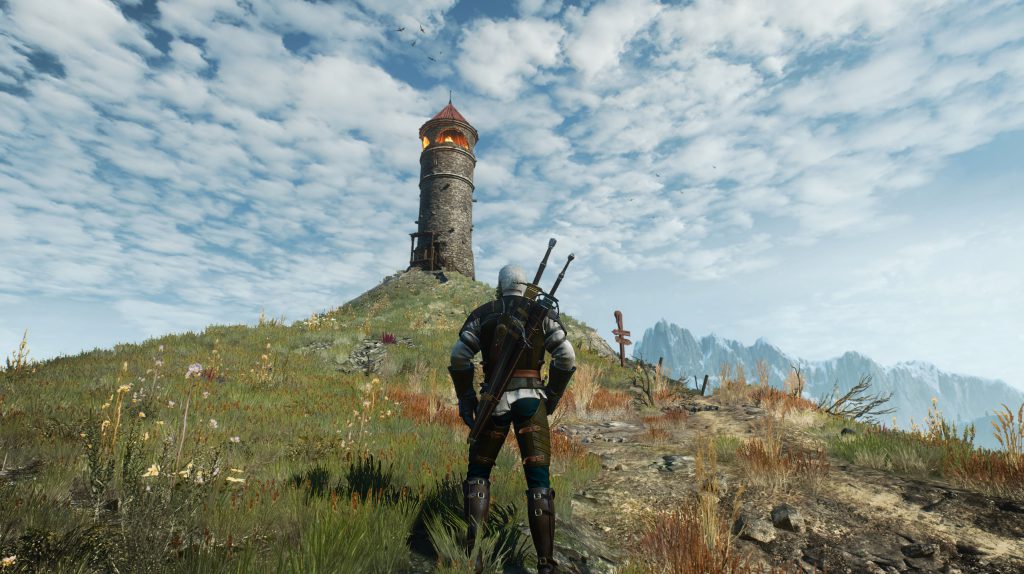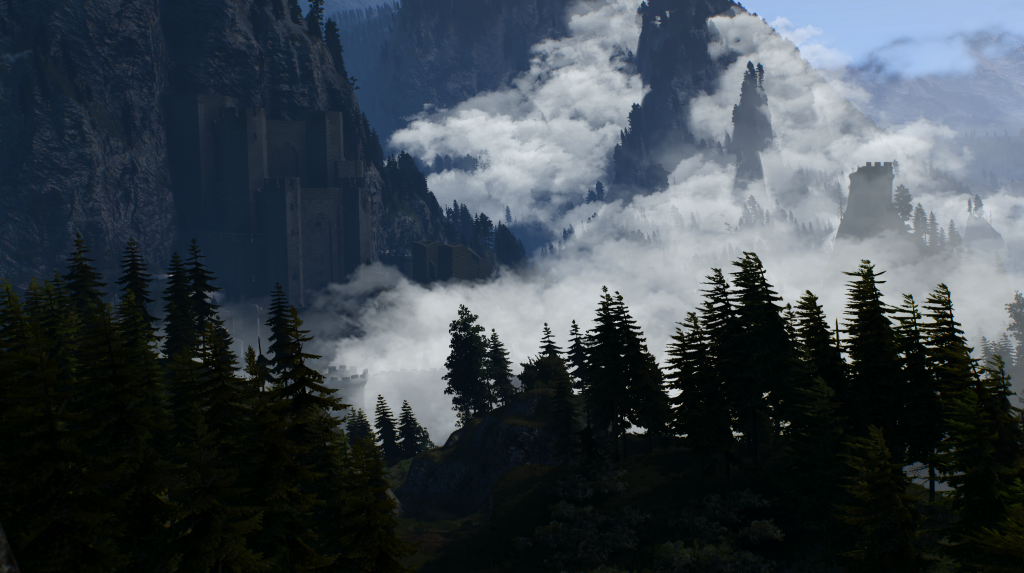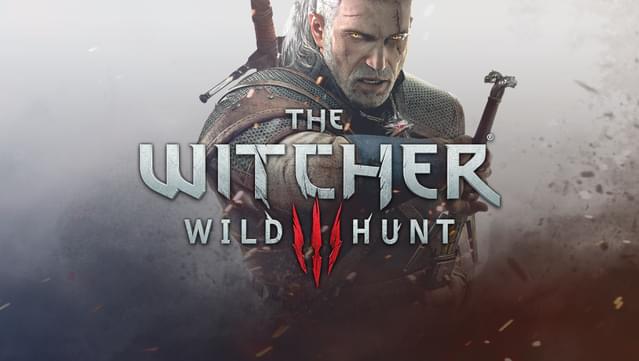What’s the most beautiful game you’ve ever played?
Before CD Projekt Red’s The Witcher 3, my answer likely would have been System Shock 2, Skyrim, or Half-Life 2. There were games with better art direction, certainly, but few with that combination of skilled art direction and budget behind them. This is not a discussion about graphics per se; for System Shock 2 specifically, it’s incredibly important that it was made in that short window between the innovation of 3D graphics and the point where polygon counts got high enough that even stylistically, 3D models looked believable. It was incredibly important to that game’s entire aesthetic that, for instance, the basic wrench-swinging monstrosities on the Von Braun were ugly, low-poly, incredibly disturbing-looking freaks.

Half-Life 2 was an innovator in terms of structure as a complement to art design; the trek up Highway 17 is iconic not for its crude physics puzzles or antlion traps but for the sense of loneliness and isolation conveyed by the length of the levels and the things that don’t happen in them – giving you, the player, time to examine vistas out over the sea or burned out villas. Half-Life 2 was one of the first games that had the design leeway and the technological capacity to capture being out there all alone in the wreckage of something, before the age of open world gaming began and being “out there” meant that you had regulated and segmented objective markers to hit in each quadrant of the map.
Skyrim didn’t have those objective markers the same way Ubisoft’s games would come to employ them, but it also didn’t require their support. The entire point of the Elder Scrolls series is the wide-open, populated and sumptuous living worlds, and while Morrowind is still the best title in the franchise, Skyrim managed to build on Oblivion’s pedestrian aesthetic and AI programming to build an interlocked world that leveraged both the skybox and the weather to its advantage in terms of presentation. There was an entire genre built around modding, upgrading, and positioning the game just right to take the prettiest landscapes and portraiture possible, just like camera work, and the results still stand for themselves today. There is a reason Skyrim keeps getting released on literally every new platform that will have it, despite having maybe half a plot at best; it is an experience you can lose yourself in quite easily, without finding yourself again until you’ve walked away from that lonely, remote cliff where you stared out at the stars over the waves.

The Witcher 3 synthesizes all of these things. It takes System Shock 2’s lead by pushing the technology it’s using precisely to its limits and never beyond; it innovates within its hardware space to create a truly unique look that isn’t going to get improved upon by adding more pixels. Due to differences in era, this is done mostly through its shaders and lighting rather than its models. This is where Skyrim comes in: the skybox and the weather effects are integral to the game’s look and feel. The Witcher 3 is cynical in a way; it looks at the weather and the skies that exist in the real world, and it decides to only represent a few of them. There are no boring overcast days in the world of The Witcher 3. On the very, very few days that the sun is blotted out by clouds, the clouds fight with the striking blue for mastery of the sky. The usual weather at the midnight and noon marks are, respectively, deep night with clear skies letting you see all of the stars above and pastoral blues with rolling fluffy clouds. Sunrise and sunset last five hours or so each, and for good reason: the art team knew that the most striking vistas you can portray in an environmental day/night cycle come at the moments of highest contrast, when shadows are at their most pronounced and purple, orange, and deep red are the colors on your palette. The world of The Witcher 3 is almost constantly in these states because they’re the way to highlight its beauty.
And from Half-Life 2, it takes (as does just about every game after Half-Life 2) a deep understanding of the aesthetic value of being alone in a story-driven enterprise. Over the course of a playthrough, Geralt of Rivia will spend a lot of time roaming about not talking to people and just…seeing things. Most of these things will be in a bog for the first half of the game, but that’s fine, because the bog is beautiful. An integral part of the game’s mechanics – the Witcher contracts, where Geralt goes out into the wild to hunt down a monster – involves forcing you, the player, to traverse long stretches of the game world, following tracks or a scent. Yes, it’s good at contributing to the feel of a detective or hunting game, but it also forces you to rough it, and while roughing it, see the wild world in many different states, with many different weather conditions.

The game has its problems; the combat system and its attendant mechanics and challenges are merely okay, and in the expansion content the devs seemed to take it personally that people found it a little bit too easy to use the quickstep/dodge mechanic to avoid harm. That means that in the Hearts of Stone expansion you’ve got a couple bosses that care too much about positioning and heal when you mess up, and that in the Blood and Wine expansion you’ve got whack-a-mole enemies like the giant centipedes and acid-spitting archespores that artificially extend fights via tedium. It took me something like six playthroughs to finally get over the hump to beat it, because the game’s story is insistent on being misery tourism for the first ten hours, and slowly paced misery tourism at that. But once you really get into The Witcher 3, you’ll find a rich and complex character study for the lead character Geralt and his closest family members. Just don’t expect it to respect or even acknowledge the events of the first two games, due to inside baseball about respecting the source material.

It feels odd to say this now – it probably feels odd to read this too, if you’re aware of how much I’ve complained about The Witcher 3’s story on my previous playthroughs before it converted me this time – but even if I still felt that way, it wouldn’t be a dealbreaker in the overall estimation. This game is a first-ballot, inner circle masterpiece, and there’s a very clear reason why there’s an incredibly successful Netflix show about this property now, starring an actor who defines himself as a PC gamer. It is among the most aesthetically beautiful experiences this medium has realized, and even as we move on to better hardware and higher resolutions, that will not change.
Final Verdict: It was on Steam sale over this most recent Christmas holiday, coinciding with the Netflix show, and more people played it then than played it at launch. Those people know what you’re missing. The Game of the Year Edition retails for $50 and routinely goes on sale.


